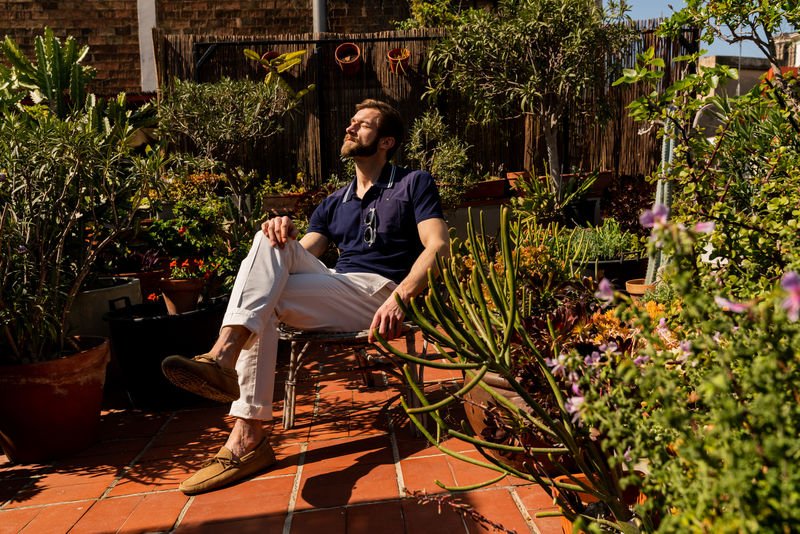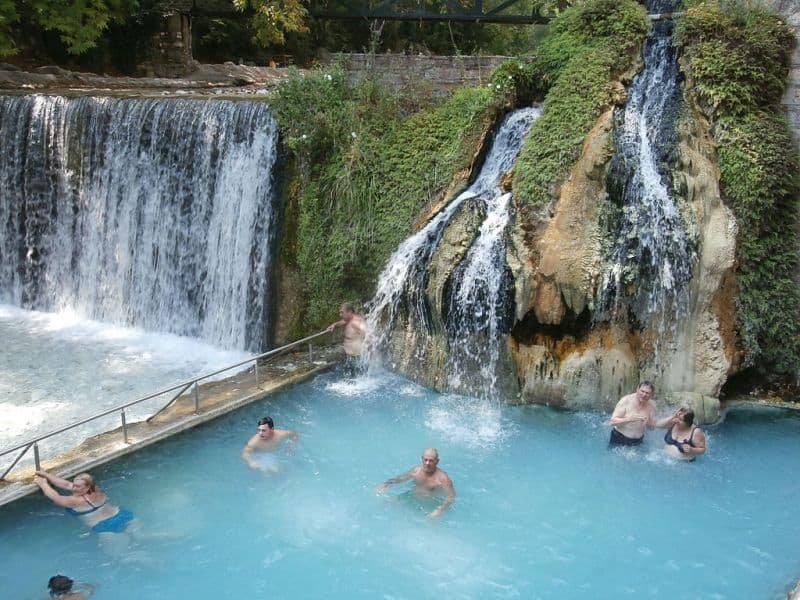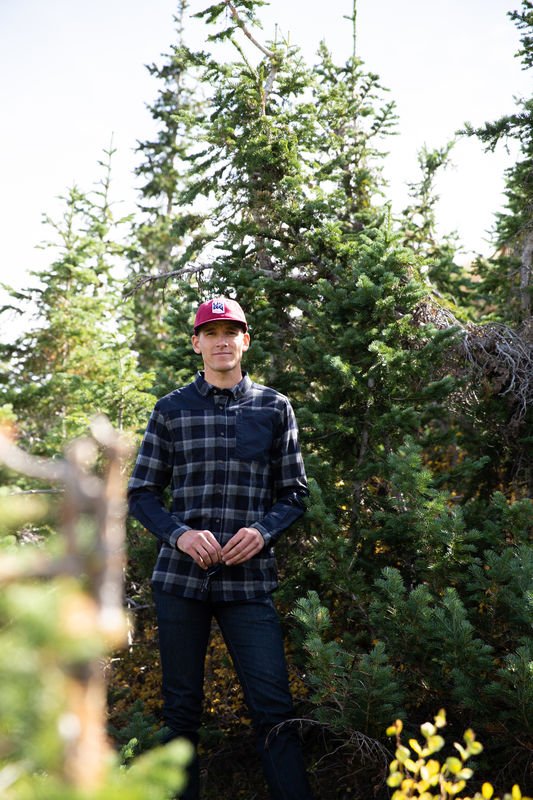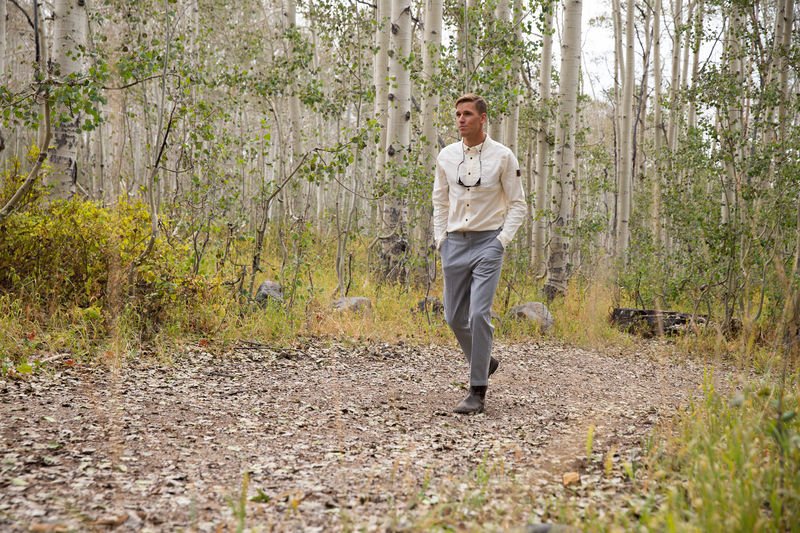SHINRIN-YOKU

Within the Northern Hemisphere, as Winter gives way to Spring, the mountains continue to remain a refuge for alpinists around the world as a place of solace & quite offering the opportunity to commune with the majesty of the great outdoors, peaks, forests and valleys below.
The recognition of the benefits of communing with nature dates back thousands of years and can be traced across various cultures and civilizations. Specifically, ancient peoples such as the Greeks, Romans, Egyptians, and indigenous peoples around the world held deep reverence for their surroundings and often incorporated it into their spiritual and healing practices. For example, the ancient Greeks believed in the concept of "bathos," which referred to the healing power of being immersed in nature. And while the recognition of nature's therapeutic benefits has evolved over time, the fundamental connection between humans and the world around us has been deeply ingrained in human history and culture for millennia.
Examples of past & present respect, curiosity, and the benefits of man/woman’s relationship with the natural environment include the advent of traditional medicines, herbalism, and the rise of philosophical movements. Long recognizing the interconnectedness of humans and nature the Chinese and Indian cultures have commanded a deep understanding of Ayurveda which is focused upon the search for and use of natural plants & herbs for medicinal healing purposes. Such traditional thinking further birthed key philosophical movements with the natural world as the center of gravity including the influential Transcendentalism of the 19th century led by such literary figures as Ralph Waldo Emerson and Henry David Thoreau. Both authors heavily emphasized & celebrated, as did the people of ancient times, the spiritual and philosophical connections between humans and our habitat including all forms of stream, river, woods, and mountains. Many came to share the views that Emerson and Thoreau cultivated via the written word which espoused the benefits of a deep relationship with nature. Such disciples were often inspired artists of another medium, such as the Scottish-American painter John Muir, who felt that to see, hear, and feel the beauty of the wilderness defined a path to personal growth and enlightenment. In addition to his expansive use of canvas, Muir, like Emerson and Thoreau channeled the power of his own writings to preserve wild places in the United States. Such works as “The Mountains of California” and “My First Summer in the Sierra” were instrumental in the establishment of several national parks in the U.S., including Yosemite National. Rooted deeply in the spiritual connection between humans and nature, Muir believed that spending time in the wilderness was essential for personal well-being, learning, and mindful self-aware growth. He famously said, "In every walk with nature, one receives far more than he seeks."
Flash forward to the 1980’s when the concept of nature bathing originated in Japan as a response to the increasingly urbanized and stressful lifestyles of the population negatively impacted by the accelerating fast-paced modern world of technology, screens, and other stressors. Also known as forest bathing, or shinrin-yoku, the practice was developed to promote mental and physical health by immersing oneself in nature and mindfully experiencing the forest environment.. The concept draws on traditional Japanese cultural practices that have long recognized the therapeutic benefits of spending time in nature. However, it was formalized and promoted as an official & formal health-enhancing activity by the Japanese government in 1982 as part of their national health program.
At a medical level, renowned Japanese researcher and doctor at Tokyo’s Nippon Medical School, Dr. Quing Li, has been instrumental in studying the physiological and psychological effects of nature bathing. His research has shown that spending time in nature can lower stress hormones, boost the immune system, improve mood, and increase overall feelings of well-being. Advocates of nature bathing encourage participants to engage all the senses while taking slow, mindful walks through forests, paying close attention to the sights, sounds, smells, and sensations around them. Spreading worldwide, the movement of shinrin-yoku has infiltrated the natural habitats around the world, a few of destinations of significant notoriety include the Shinrin-yoku forests of Japan on Yakushima Island, Germany’s Black Forest, Yosemite National Park of California USA, Banff National Park of Canada, the Lake District of England, and Tongariro National Park in New Zealand. If fortunate enough to visit any of these and other destinations of natural beauty, individuals will immediately recognize that such environments offer both unique & exotic landscapes coupled with the delivery of therapeutic benefits such as mental relaxation and rejuvenation.
Today, nature bathing is recognized as a form of ecotherapy and is increasingly recommended by healthcare professionals as a complementary therapy for various health conditions, including stress, anxiety, depression, and high blood pressure. It continues to evolve as researchers explore its benefits and as more people recognize the importance of spending time in nature & the great alpine outdoors for their overall health and happiness.








